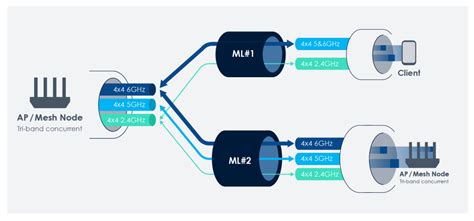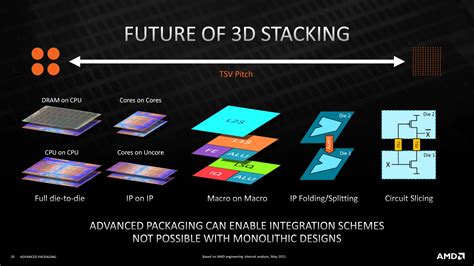Title: Zero-Power Displays: The Reflective LCD Advancements That Are Challenging E-Ink
In the world of digital displays, the battle between E-Ink and LCD technology has been ongoing for years. E-Ink, with its paper-like readability and energy efficiency, has found a niche market, particularly in e-readers and digital signage. However, advancements in reflective LCD technology are challenging E-Ink’s dominance with zero-power displays. This article explores the latest developments in reflective LCDs and how they are poised to change the game.

The Shift Towards Zero-Power Displays
One of the key advantages of reflective LCDs is their ability to operate at zero power when displaying static images. This is in stark contrast to traditional LCDs, which require constant power to maintain a display. By harnessing ambient light, zero-power displays offer a significant energy saving, making them an attractive option for a range of applications.
The advancements in reflective LCD technology have been driven by the need for more energy-efficient and environmentally friendly displays. With the growing concerns about climate change and the increasing demand for sustainable technology, zero-power displays have gained traction in the market.
How Reflective LCDs Work
Reflective LCDs, also known as reflective liquid crystal displays, use ambient light to illuminate the display. The technology works by controlling the light’s polarization and the orientation of liquid crystal molecules, which in turn manipulate the light to create images. This process allows reflective LCDs to consume significantly less power than traditional LCDs, especially when displaying static images.
The Benefits of Zero-Power Displays
The primary benefit of zero-power displays is their energy efficiency. By utilizing ambient light, these displays can reduce power consumption by up to 90% compared to traditional LCDs. This not only makes them more environmentally friendly but also reduces the operational costs for devices that use them.
In addition to energy efficiency, zero-power displays offer several other advantages:
1. Enhanced Readability: Reflective LCDs provide excellent readability in direct sunlight, making them ideal for outdoor applications such as digital signage and outdoor advertising.
2. Better Health: By reducing the need for backlighting, reflective LCDs can reduce eye strain and help prevent computer vision syndrome.
3. Customization: The technology allows for the creation of customized displays, enabling businesses to create unique and engaging visual experiences for their customers.
The Future of Reflective LCDs
The advancements in reflective LCD technology have paved the way for new applications and markets. As the technology continues to evolve, we can expect to see the following developments:
1. Improved Energy Efficiency: Future iterations of reflective LCDs are expected to become even more energy-efficient, further reducing the need for power.
2. Enhanced Image Quality: The quality of images displayed on reflective LCDs is expected to improve as the technology advances, making them a viable alternative to E-Ink for e-readers.
3. Expanded Applications: As the technology becomes more widespread, we can expect to see zero-power displays used in a variety of applications, from smartphones to smartwatches.
In conclusion, the rise of zero-power displays has the potential to revolutionize the digital display market. With their energy efficiency, enhanced readability, and versatility, reflective LCDs are poised to challenge E-Ink’s dominance and open up new opportunities for innovative applications. As the technology continues to evolve, we can look forward to a future where digital displays are more efficient, sustainable, and user-friendly.



